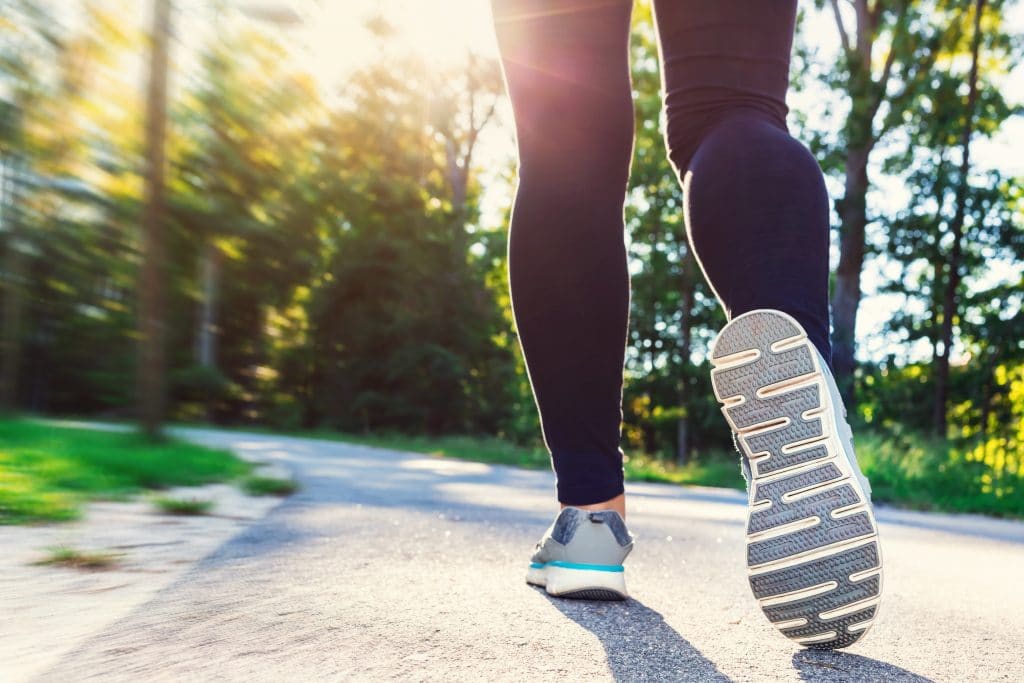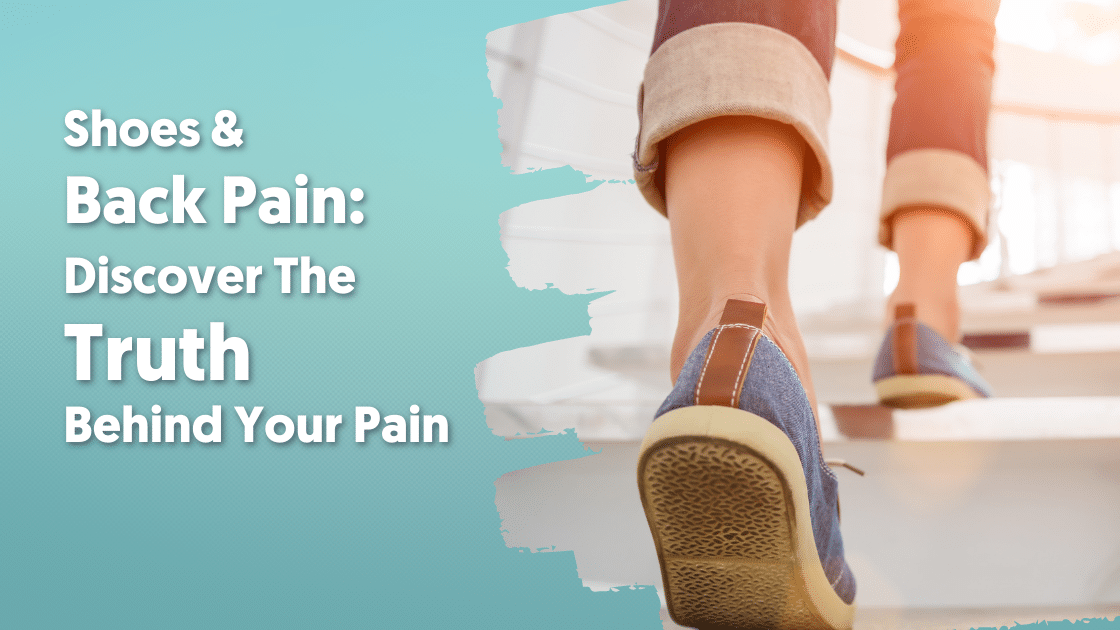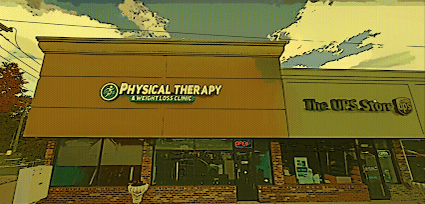Back pain can be absolutely debilitating, especially if it prevents you from performing daily tasks and activities. While there can be different factors behind back pain, there is one culprit that often is overlooked: your shoes. This article will discuss how your shoes and back pain are closely related. You will also learn changes you can make to help prevent your pain.
Your feet can influence your back through a variety of factors such as how we move our feet when walking, as well as the shoes we tend to wear and how much support they offer.

How Can Shoes Cause Back Pain?
Most modern shoes are designed with fashion in mind rather than proper support. Even the “lightweight” or “memory foam for optimal comfort” shoes lack adequate structure. This is particularly true in the arch area, which can lead to strain in the ankles, knees, and back.
Your feet are your base of support and are how you disperse forces through the rest of your body. When your arches are flat, stress shifts to the knees and outside of your hips and lower back.
Footwear And Back Pain
Flat shoes, whether athletic or casual, often have little to no shock absorption in the sole. This ends up leaving your feet to take the impact from movements such as walking or stair climbing. It can cause the Achilles tendons to tighten and the Plantar Fascia ligaments to become strained, both of which are the main supporters in the arch of the foot.
Wearing flat shoes without an adequate heel cup for stability can also cause your feet to overpronate, or roll inwards. This pushes your knees and hips out of proper alignment, further contributing to back pain.
Flip Flops
Flip flops are notorious culprits in terms of back pain. For starters, you have to flex and clench your toes to keep your foot against the sole, making you work muscles that wouldn’t normally be used when walking, which results in abnormal distribution of body weight.
Similar to flat shoes, flip flops offer no shock absorption or stability for the soles of the feet or toes. This puts added pressure on the side edges of the heel and foot. As a result, the lower portion of the leg rotates, which can cause the pelvis to tilt and increase the curve in the lower spine. Choosing an orthotic sandal that has a firm arch built into the sole, like Birkenstocks or PowerStep sandals.
High Heels
High heel shoes may complete your outfit, but any heel greater than an inch can cause numerous back problems. As the height of the heel increases, the angle in which your foot and arch flex increases, which shifts your body weight forward onto the balls of your feet and increases pressure on your joints and bones.
Regularly wearing high heels can also tighten and shorten the calf muscles, causing the quadricep muscles to work overtime, which puts an extreme amount of stress on the knee joints.
How To Prevent The Damage
The best decision you can make is to invest in a quality running shoe. Even if you don’t plan on running (or even jogging!) a running-style shoe will provide extra comfort and more importantly, proper support. Fortunately, many running shoe companies, such as Brooks and Asics, have begun designing shoes that give your arch optimum support and are aesthetically appealing as well.
The next best option is getting a high-quality orthotic insole (nothing with the word “gel” in the name). These orthotics are ideal for any non-running style type of shoe. They help provide a strong, rigid structure for the arch, a deep heel cup for stability, and a supreme cushion for shock absorption. Simply remove the original insole of the shoe and slide in the orthotic.
Start out wearing the orthotic for an hour or two each day. As your body becomes acclimated to the support, you can begin increasing the amount of time wearing the orthotics.
If you aren’t able to wear running-style shoes or orthotic insoles, look for shoes that have stiff arches built into the soles. You should be able to twist the shoe with your hands and see the arch keep its shape. When it comes to sandals, opt for ones that have a heel strap and firm soles, like Birkenstocks.
Other Options
Lastly, wear shoes inside the house while doing everyday activities. Many people don’t realize the amount of time they spend standing and walking throughout their home without proper support on their feet, contributing a great deal to their back pain.
Shoes are often overlooked when it comes to causes of back pain. A poorly structured shoe can not only affect the feet, but it can negatively impact the spine, hips, and knees too. Now you know how footwear can be related to back pain and, more importantly, ways you can fix it!



